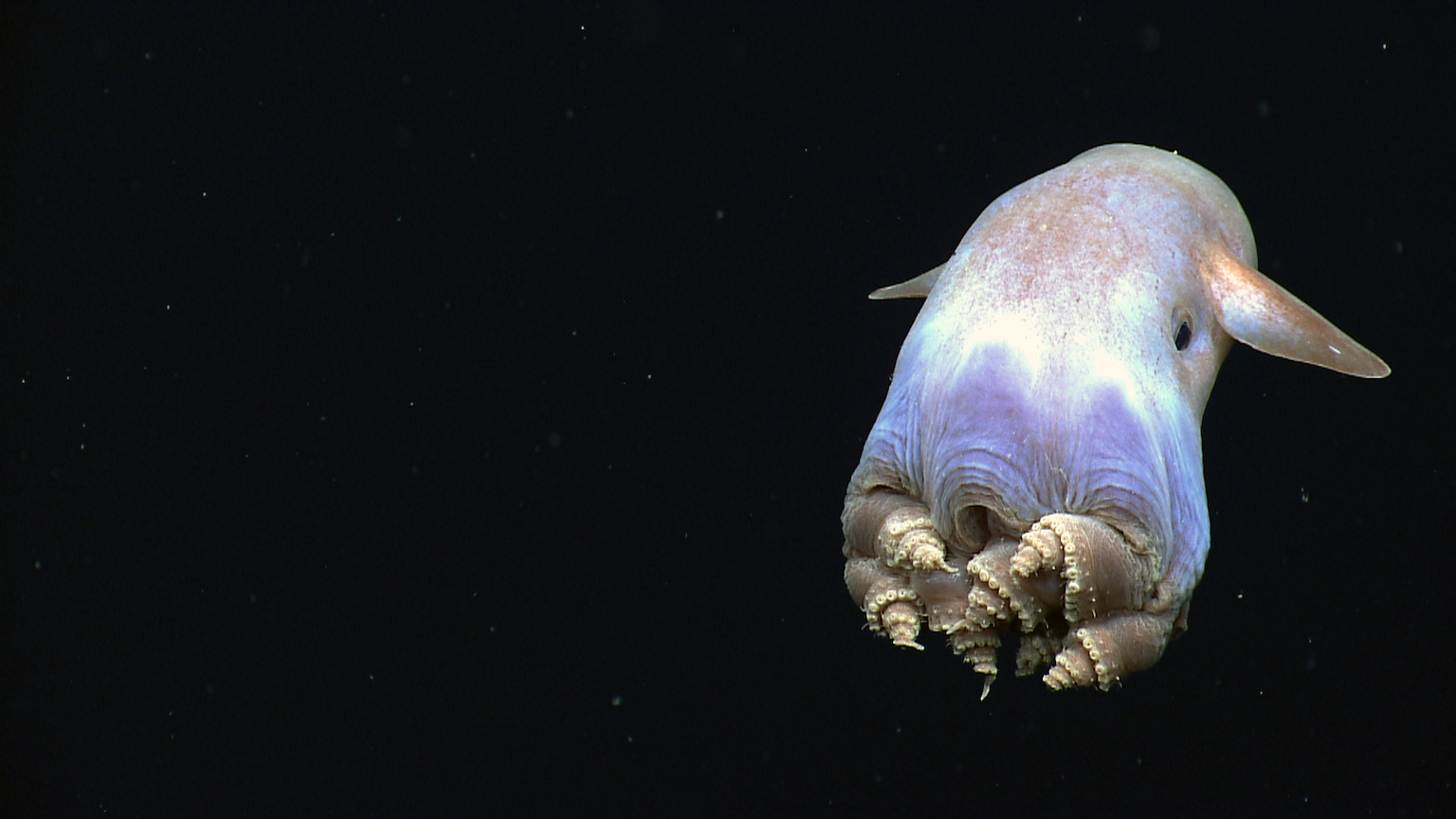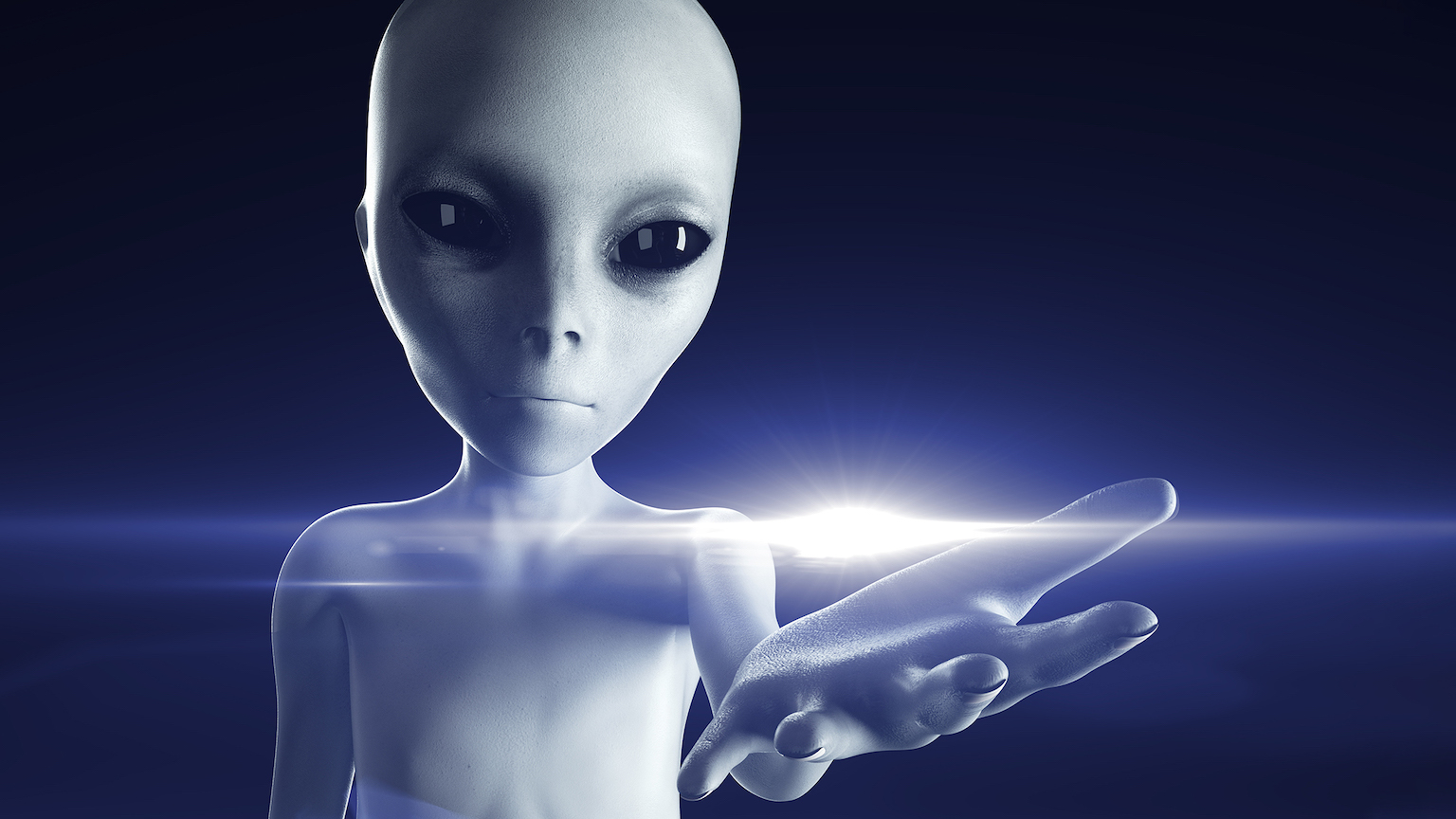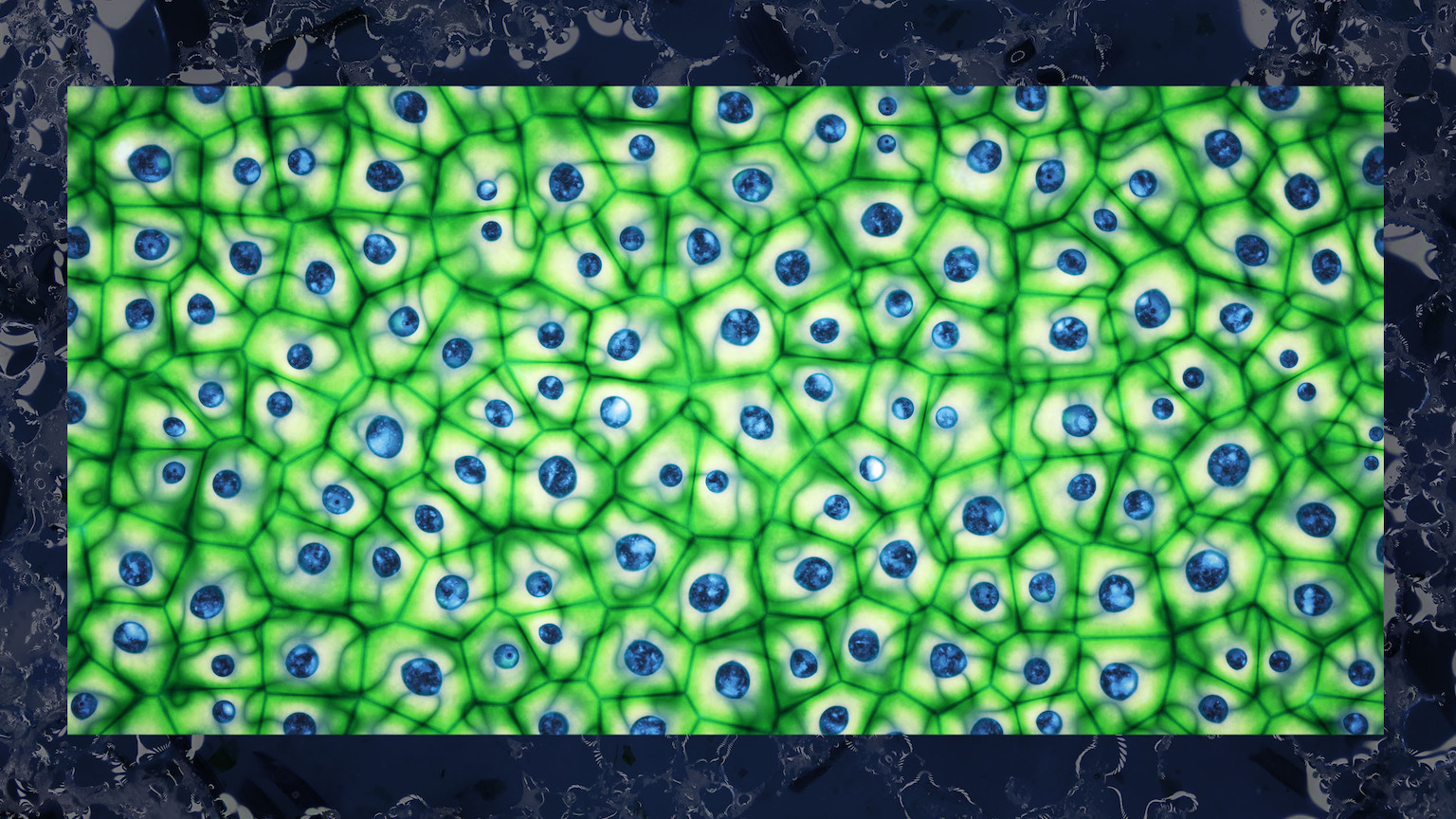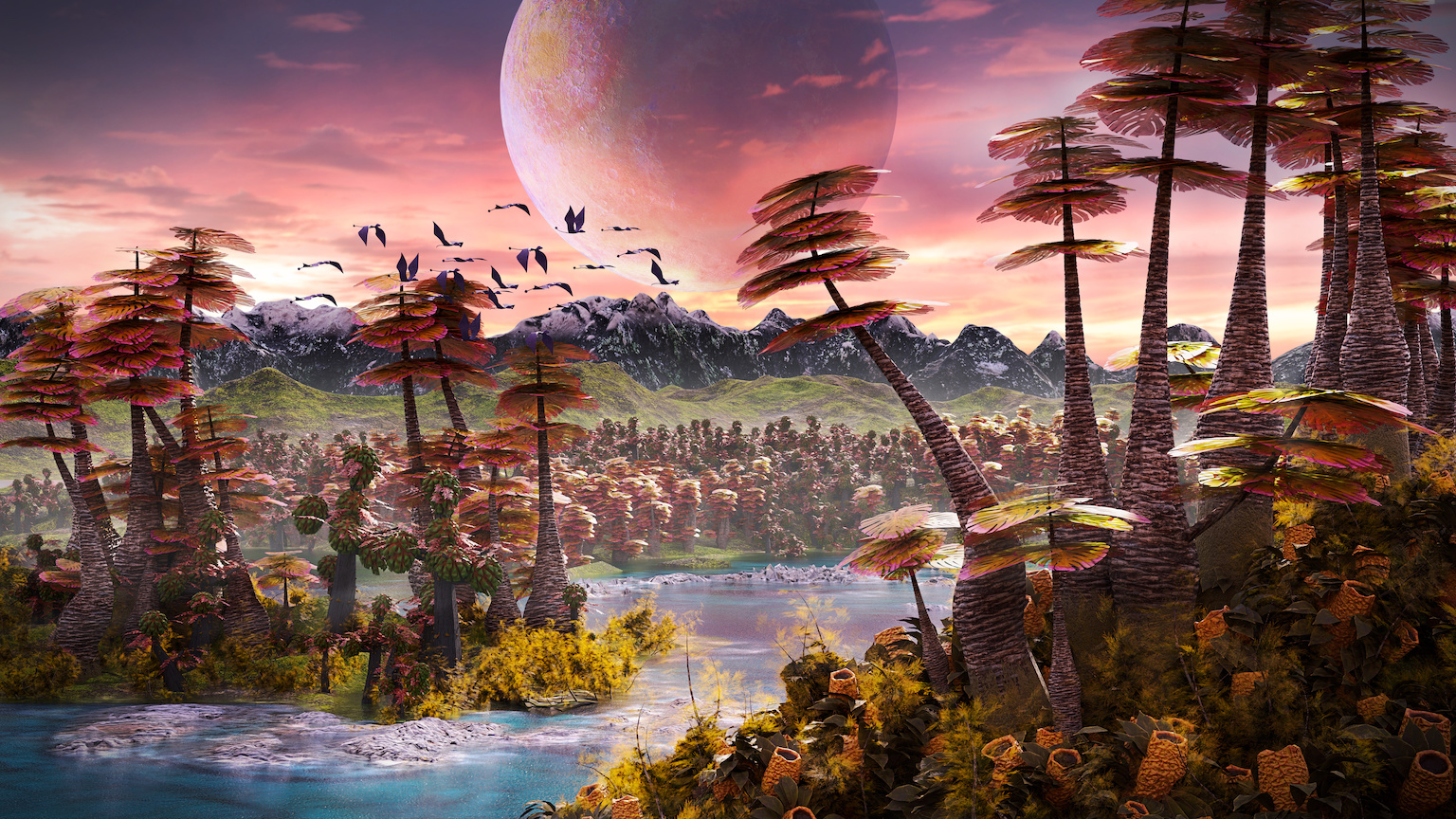What do aliens look like?

- Life is incredibly diverse, spanning from microscopic organisms to skyscraper-sized trees. Alien life would be just as diverse.
- There is little reason to believe that aliens would take on human-like forms. Perhaps an octopus- or bird-like creature is more likely.
- Because all lifeforms want to live as long as possible, the most advanced aliens might be fully mechanized robots.
What do aliens look like? Inundated as we are with science fiction movies, where aliens come in all different shapes and sizes, one wonders what form a real extraterrestrial would take. You need only look at the diversity of life on our own planet, from bacteria to humans to oak trees, to get a glimpse of what might be possible. The variety is amazing, even though all known life forms have pretty much the same biochemistry and all are based on DNA. Sci-fi directors might look further for inspiration, to extinct species like trilobites or the giant shark Megalodon. But the real pool of possibilities is surely many times greater.
What would intelligent aliens look like?
Of course, we are most interested in how intelligent aliens would look — ones we might meaningfully communicate with. On our own planet, that would include apes, dolphins and whales, birds like crows and parrots, invertebrates like squids and octopuses, and elephants. If we throw in the smartest of dinosaurs, we can add troodons — small to medium-sized theropods with long, grasping fingers, a tooth-filled snout, and a relatively big brain.
Looking at our list, no particular body plan seems to be favored, but all are symmetrical in their anatomy. The evolutionary reason, according to a recent study, is that symmetry requires less information for DNA to encode and allows more flexibility to develop future traits that may be advantageous. Even if aliens were to use another genetic carrier besides DNA, the same principle should hold.
All these intelligent species have one other obvious thing in common: They are all animals. We don’t know of any intelligent plants or fungi, for the simple reason that stationary things don’t have to be smart. Only organisms that move away from danger or hunt food need to have some sort of intelligence. The lion has to be smarter than the antelope to outwit it and anticipate its next move. The wolf has to be even smarter, because it has to communicate with its fellow wolves during the hunt.
Think octopus, not elephant
When we picture intelligent aliens, we usually envision a large brain, with the brain typically located in the head. That’s how intelligent aliens are portrayed in nearly all science fiction movies. Elephants and whales fit the mold. But consider the octopus, which has quite a different body plan, with neurons distributed throughout its body, including the tentacles, and only a small brain in its head. Notably, the octopus is the oldest species on our list, our most distant relative in evolutionary terms. An alien, of course, would have no relation to us at all, so we probably should think more in terms of an octopus than an elephant when imagining how extraterrestrials would appear.
We should also consider the principle of convergent evolution. On our own planet, different species often come up with similar adaptive traits. Good examples of this are sensory organs such as eyes, ears, and noses. There is strong evolutionary pressure to have light-sensing organs, especially if the species is part of a predator-prey relationship. These can take different forms, from the compound eye of a fly to the stereo vision of humans to the eye spots of certain microorganisms. But the principle is the same. Only in the deep ocean or inside caves, where no light penetrates, do some organisms lack eyes.
So, would aliens have sensory organs? It would depend on the environment. Who needs ears if there is no medium to transmit sound waves? And extraterrestrials would only need eyes in places where the light of a star is likely to penetrate.
What about appendages? Flippers are good in water. On land, arms and legs are more useful. Flying seems even better. Most insects and birds can fly, as can some mammals like bats and even a few fish. Here, though, big brains pose a problem, as their weight makes flying more difficult. Evolution solved this problem, to some degree, for birds. The neurons in the bird’s brain are packed closer than in our brain, and we underestimate their intelligence if we base our assessment only on the brain-to-body-mass ratio. (The same goes for troodons, by the way.)
Intelligence is a complex thing to judge. While crows are very smart, they are not builders like us, likely because their dexterity is limited to their beaks and feet. Dexterous appendages definitely would be an advantage for extraterrestrials — either hands with fingers or claws, tentacles, or perhaps even trunks. When I was asked in a recent documentary on German TV how I would envision an intelligent alien, I suggested that they might look like a crow with little hands on the edges of their wings, maybe a bit more sophisticated than the claws that bats have on the end of their wings. In theory, that would allow the creatures to build things and become technologically advanced.
Robots: what aliens would look like?
The discussion in the same documentary also included the possibility of aliens engineering their own bodies, which is starting to happen with our own species. We humans already incorporate technical aids into our body like contact lenses, pacemakers, and all kinds of prosthetics. Aliens may well use mechanical bodies with uploadable brains or might be completely mechanical — think Commander Data from Star Trek.
Given the natural tendency of all life forms to want to survive as long as possible, I think it would be a common trait of extraterrestrials to shed their limited organic bodies as much and as soon as they could. So, if you ask me how aliens are likely to look, I would say that, in the end, the most advanced of them would be fully mechanized.





